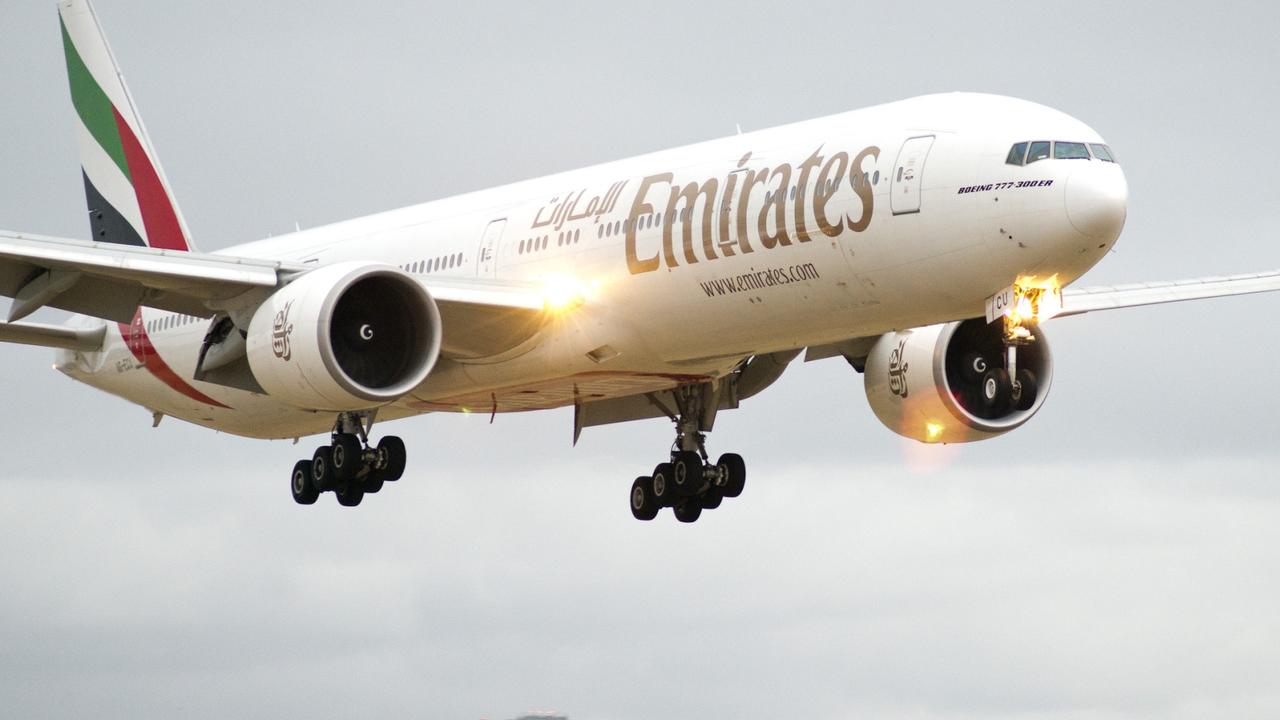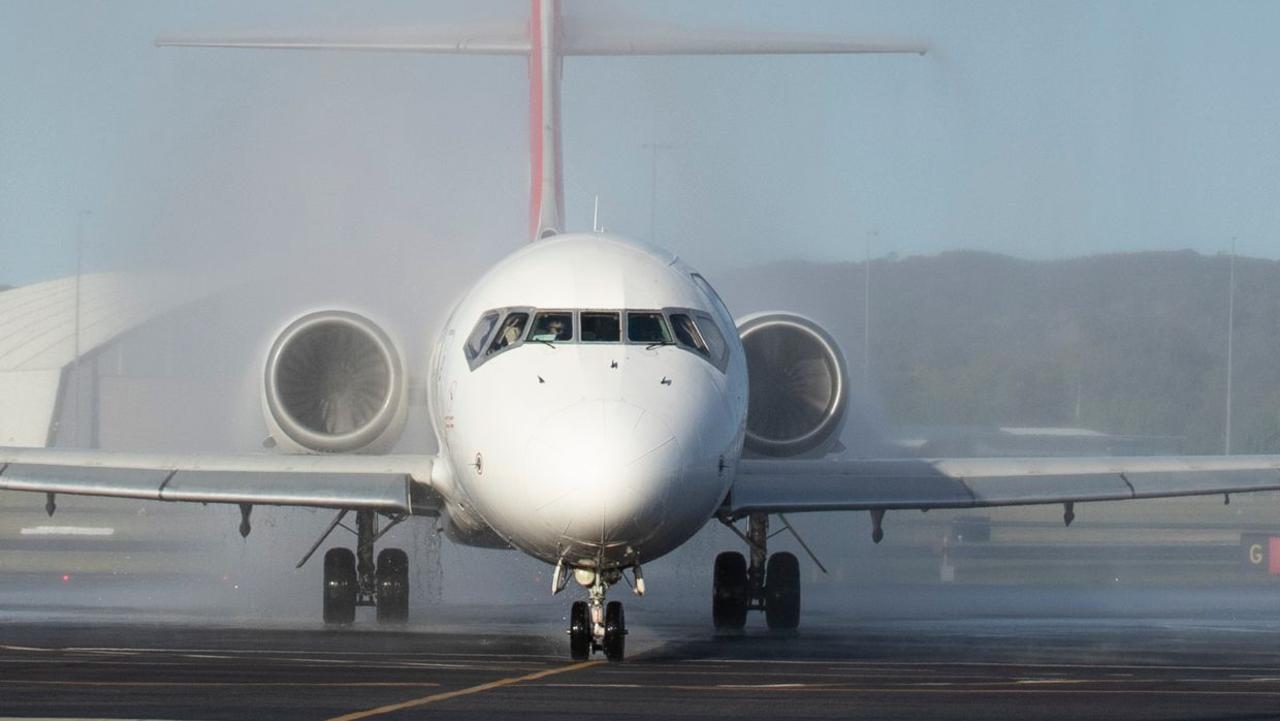Qantas reveals new economy class seats for ultra-long flights
Qantas has announced radical changes to its long haul slogs that “no other airline” has tried – but it won’t be liked by some flyers.
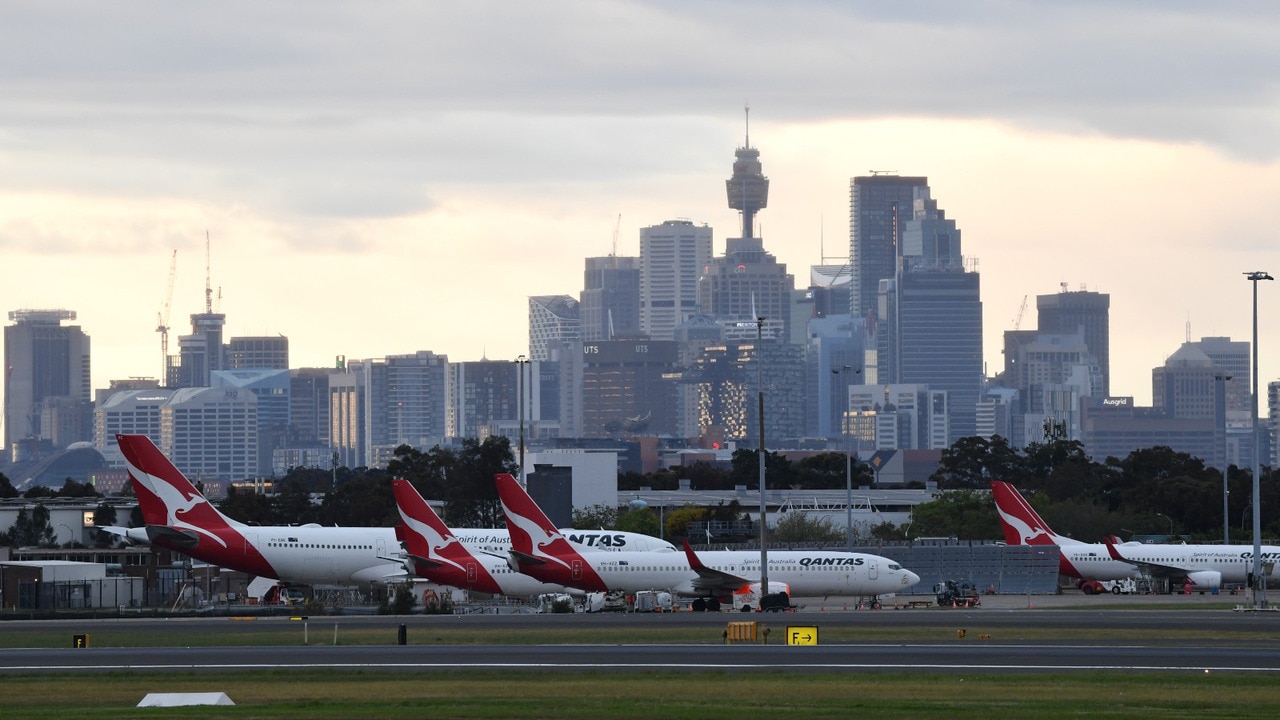
Qantas CEO Alan Joyce has said the airline will make radical changes to its future ultra-long haul flights in a way “no other airline in the world” can do – and it could see passengers’ jet lag reduced by two or even up to four days.
But the surprising changes – including in economy – might be a struggle for some flyers with Qantas proposing to keep the cabin lights on for 10 hour stretches during intercontinental slogs to encourage flyers to get in synch with the time zone of their destination.
Mr Joyce, who spoke to news.com.au in Manhattan hours after the inaugural Sydney to JFK via Auckland flight landed, said that passengers who were determined to sleep when the lights were blazing should don some eye shades.
The new way of flying will be introduced in 2025 on Qantas’ long awaited “Project Sunrise” non-stop Airbus A350 flights from Sydney to New York and London.
At more than 19 hours non-stop, the Australia to NYC journey will become the world’s longest flight.
But while the new jets will be swimming in premium seats, Mr Joyce said the flights won’t just be for passengers at the pointy end. He’s promised new economy seats with ultra high definition TVs and an exclusive “wellness zone”.
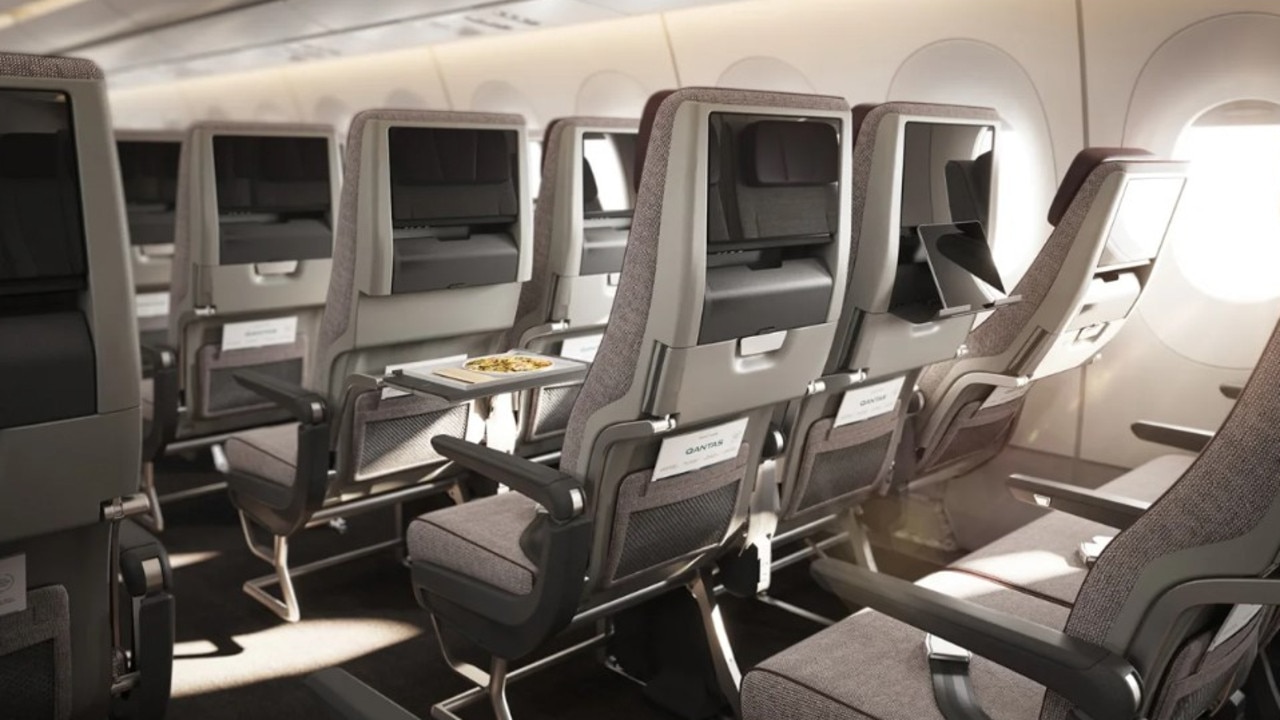
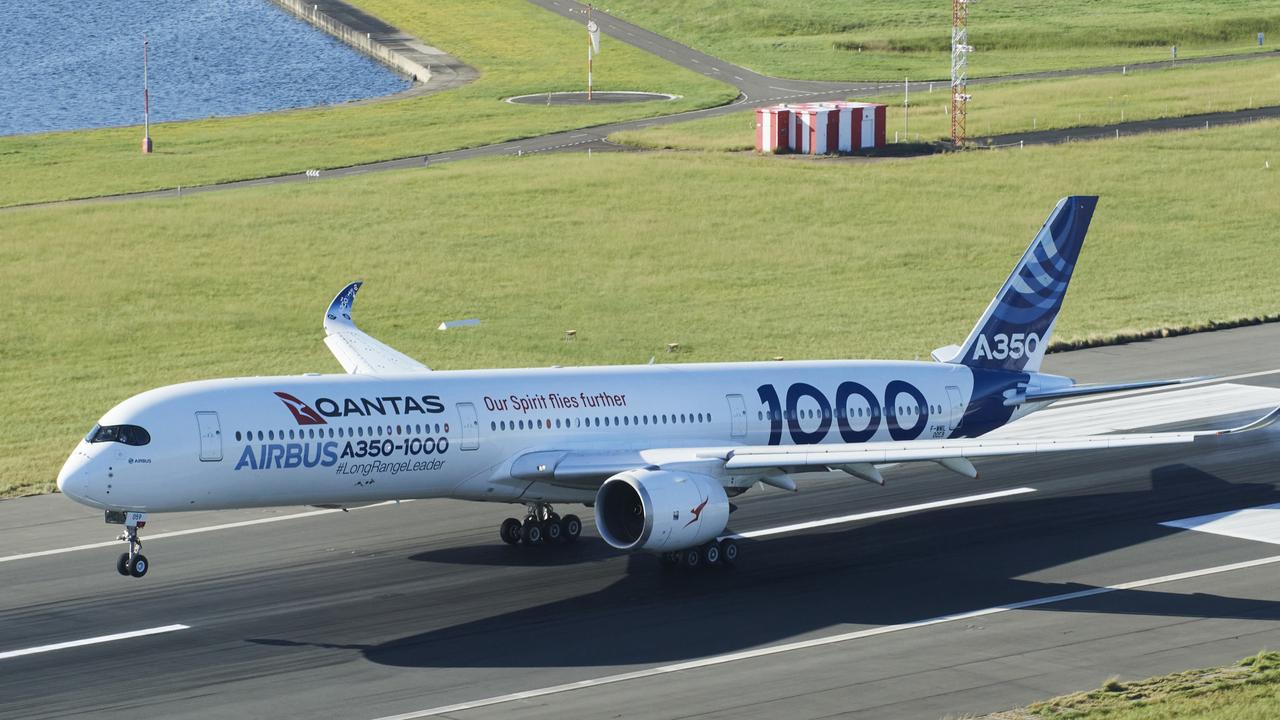
Jet leg – semi solved
The bug bear of Aussie international air travellers is the debilitating jet lag. For passengers on ultra-long haul routes, it can take more than a week to recover.
But airlines don’t help matters by feeding passengers straight away and then turning the lights out often keeping their circadian rhythms solidly wedded to the time zone they’ve departed from rather than the one they’re going too.
“Moving from New York to Sydney, the jet lag can be really bad as your body clock doesn’t know whether to adjust by advancing forward or delaying and it’s difficult to recover,” said Dr Svetlana Postnova, a sleep specialist at the University of Sydney’s Charles Perkins Centre (CPC) for health.
The CPC has been working with Qantas on initiatives to battle jet lag.
Following the research, Qantas has confirmed it will radically alter its in-flight service on the Project Sunrise routes.
From New York, for instance, the aim will be for flyers to have a long uninterrupted sleep later in the flight so they awake rested when the flight lands around dawn in Sydney.
To do this, it will introduce lots of little tricks to keep customers awake for longer – which could be a challenge given the New York to Australia flights will leave around 9pm US time.
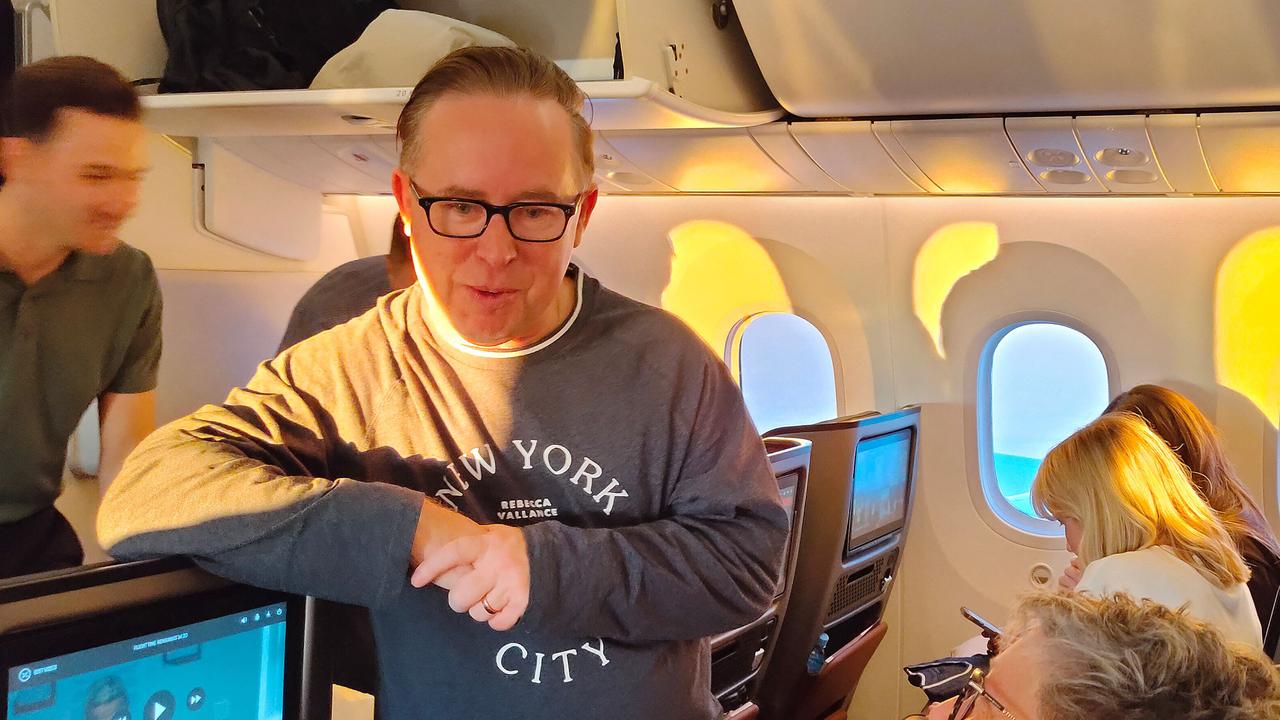
‘No other airline’ has done this
“The scientists have helped us on the lighting and what food we serve to keep people awake … and then to help them sleep” Mr Joyce told news.com.au at New York’s American Australian Association.
He said none of Qantas’ rivals had made such a bold move.
“This is a unique value proposition we can offer that no other airline in the world can.”
Qantas and the scientists from Sydney Uni found a combination of altered meals, sleep times and mild exercise could shave between two and four days off people’s jet lag recovery.
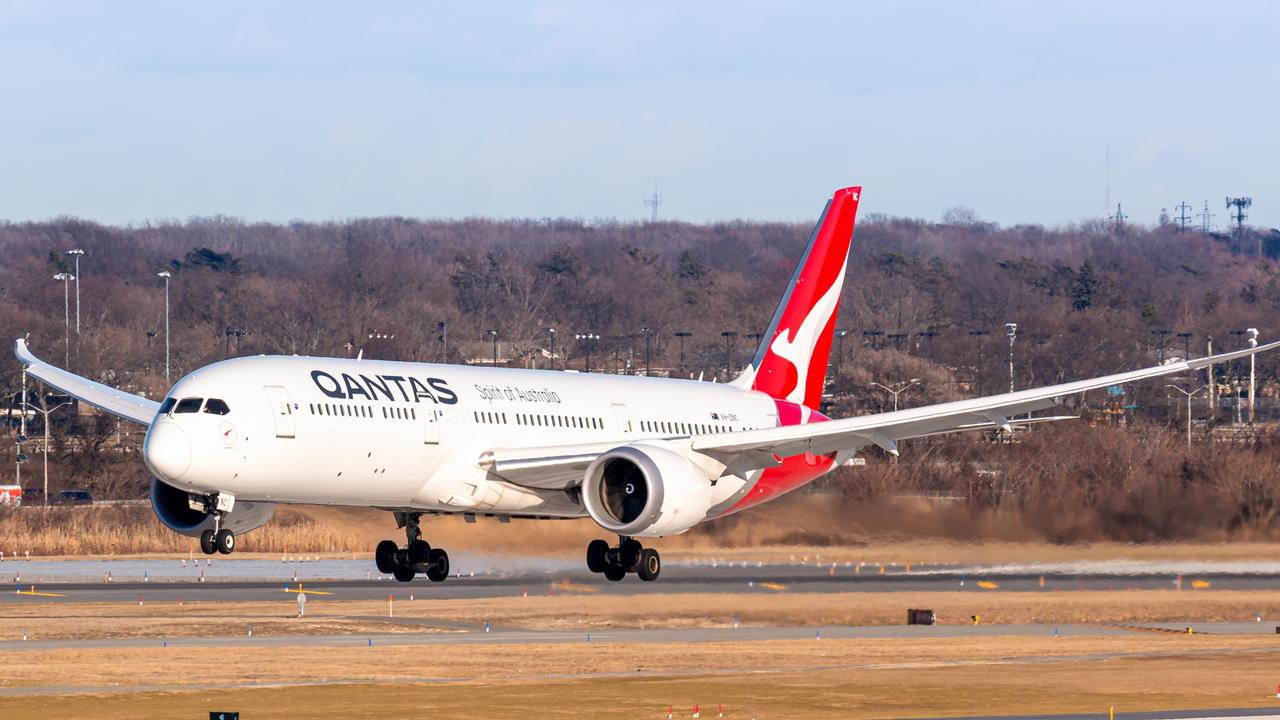
Meal times changed
Food wise, business class passengers might be offered a zingy tomato and saffron soup to perk them up. While in economy, liberal offerings of chocolate, chilli in meals and coffee – lots of coffee – should encourage passengers to not head straight to bed.
Meal times will also change. If the Project Sunrise flights followed the traditional model the second of the three meals would be served exactly half way through the flight.
Instead, the second meal will appear around seven hours into the flight. Flying from the US this will match dinner time in Sydney.
That will then leave around a 10 hour gap for sleeping followed by breakfast. Presumably there will be snacks.

Cabin lights on for 10 hours
In another departure from the norm, Qantas has also said it will leave the cabin lights on for the first eight to 10 hours of the flight and then will slowly dim them before lights out.
Again, it’s to prod passengers to reset their body clocks to the arrival time zone.
But, on a flight from New York, it could mean the cabin still being illuminated at 5am US time.
Mr Joyce conceded that not every passenger might be on board with remaining awake effectively overnight.
“You will get some people that want to go to sleep (earlier in the flight). We will be making a big deal of this and telling people we’re doing this for their health.
“But it’s up to everybody – we give out eye shades,” he told news.com.au.
“It’s the same thing with alcohol. The (scientists) will recommend you just drink water on flights, but I’m certainly going to have a drink.
“It’s got to be a choice. Doing everything will dramatically help jet lag – but just doing some of it will help.”

New economy seats
The economics of ultra-long haul flights is fraught. To give planes the legs to get half away around the world, fuel tanks are larger and fewer seats are installed to keep the weight down.
The will see just 238 seats on Project Sunrise direct flights, down from the usual 300. A whopping 40 per cent will be either first, business or premium economy.
Qantas says the first class suites, complete with a bed and separate armchair, will be like a “mini boutique hotel”.
But Mr Joyce insisted the non-stop flights were not just for silver tails.

“The economy seat pitch is the biggest we’ve ever done and because it’s a very long flight there is ultra-high definition TVs, Bluetooth and lots of charging stations.”
Wi-Fi will be free throughout the plane.
There will also be a “wellbeing zone” reserved for economy and premium economy passengers. With fewer seats, Qantas has spare real estate that it’s touting as a space for stretches and squats.
The University of Sydney scientists have said regular exercise breaks on the ultra-long haul flights will also combat jet lag. Moving muscles like the glutes and shoulder should do wonders, they say.
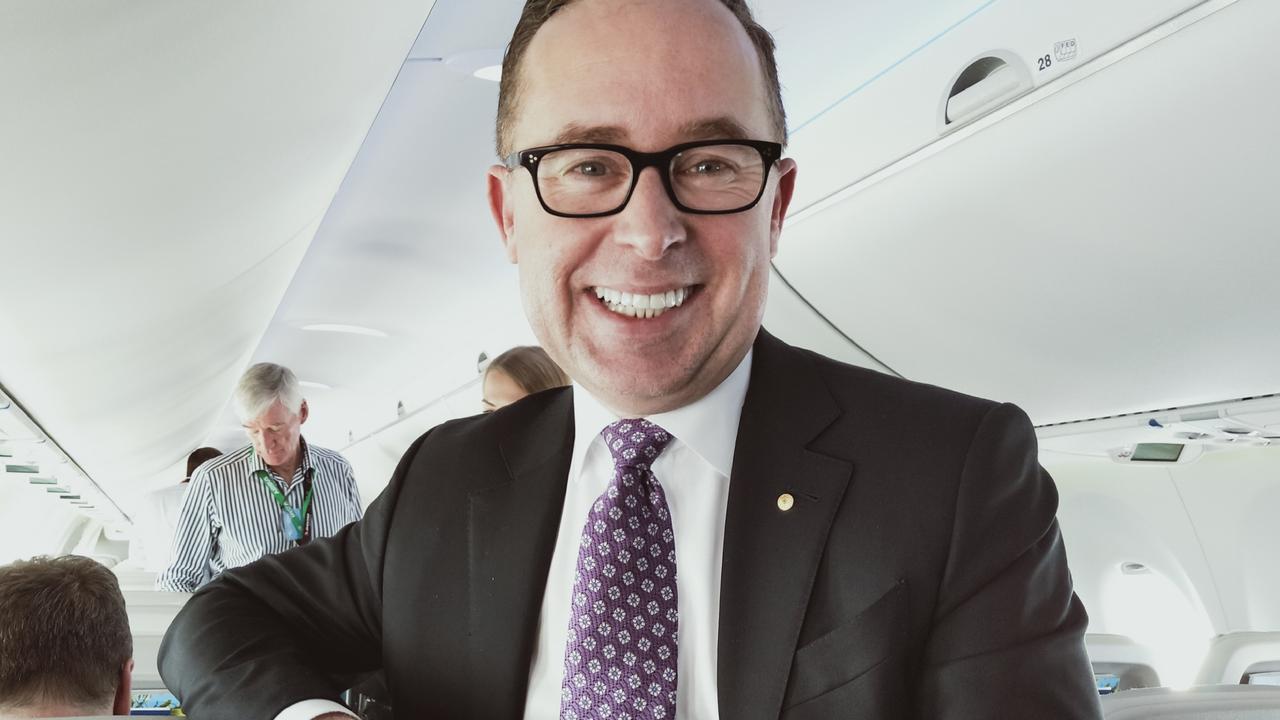
Price hike for non-stop ultra long haul routes
But the 140 economy passengers who choose to fly non-stop from Sydney to New York and the UK from 2025 will have to pay more, Mr Joyce warned.
“We charge a premium for flying direct from Perth to London at roughly 20 per cent over a one stop flight.
“This will be the same, it needs a premium to justify the less seats but a lot of people are going to find it’s worth paying to avoid the hassle of landing (midway).”
But if money is tight, Aussies can always travel the old fashioned way, via Singapore or LA.
Additional reporting by Shireen Khalil



